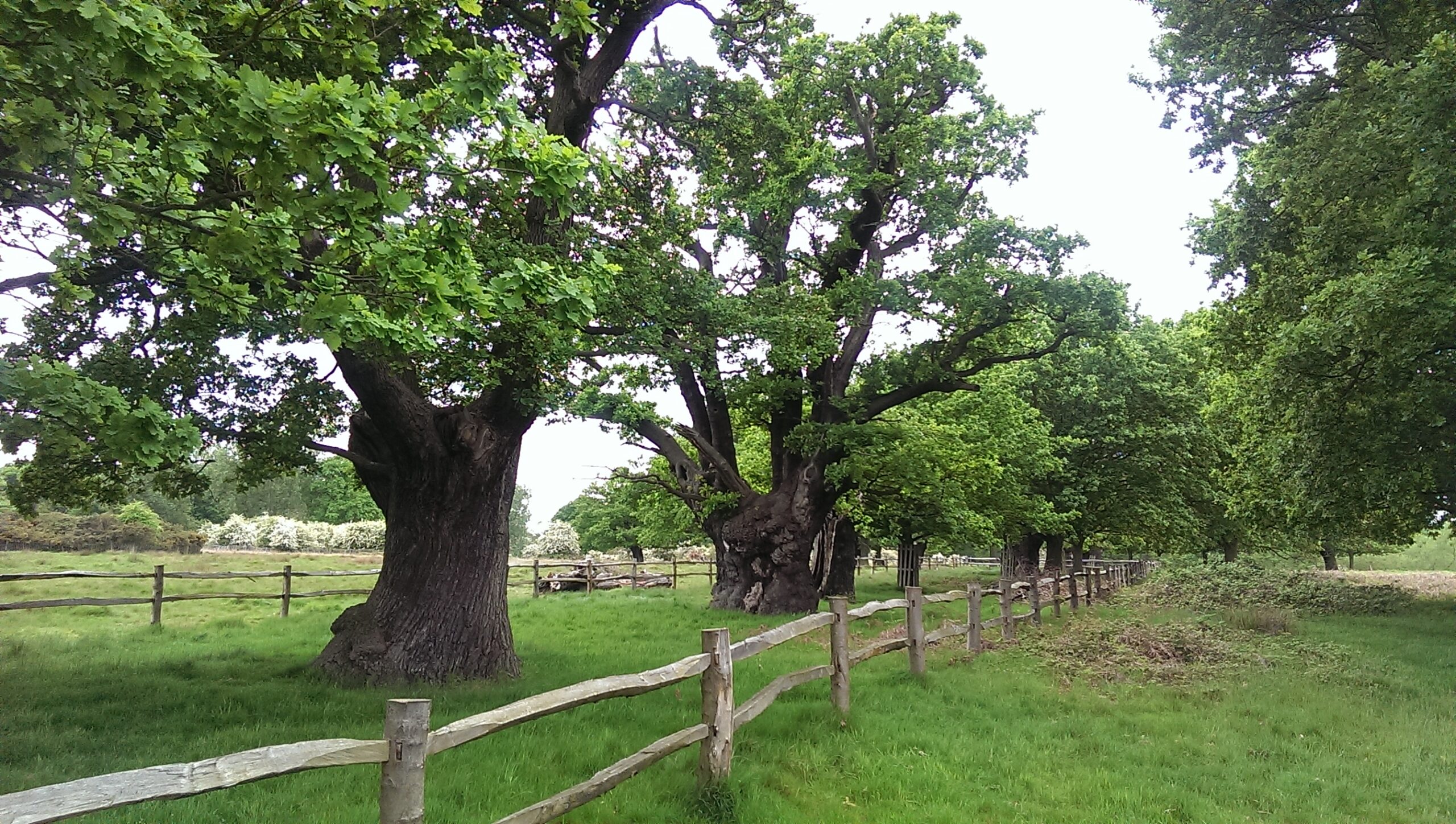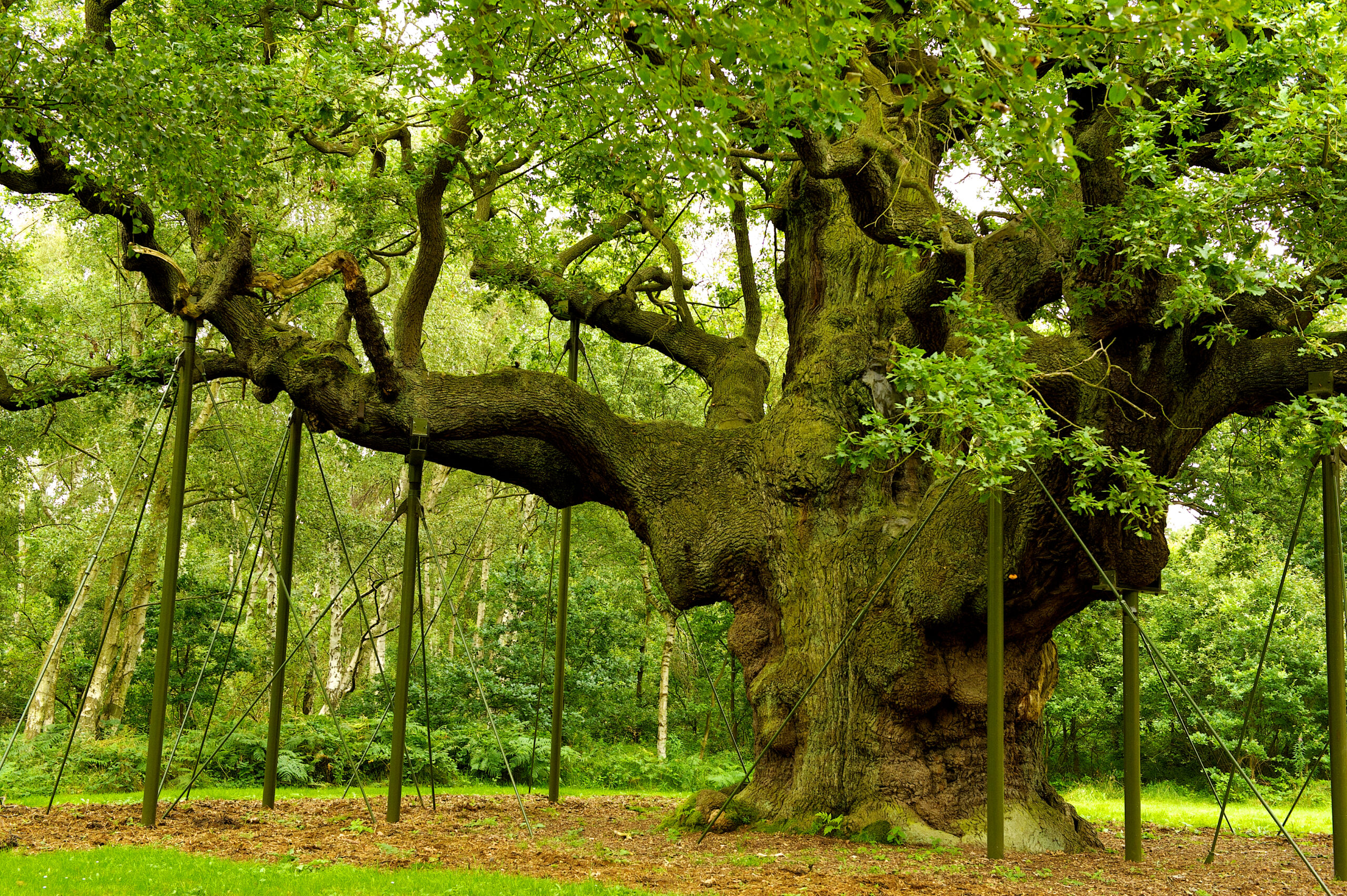Veteran trees are regarded as such for their ecological, social and cultural value.

Due to intensification of land use, the increasing reliance on heavy machinery in arboriculture and non-stopping urban sprawl, a staggering number of veteran trees has been lost in recent decades; reliable data sources suggest that, compared to 200 years ago, only 1-2% veteran trees remain.
While an ancient tree is always veteran, not all veteran trees are old enough to be ancient. A tree may have developed an array of habitat features, thereby becoming veteran, as a result of damage/failures attributable to both natural and man-made causes. As well as being part of wider habitats, trees are habitats in their own right and need to be acknowledged for their ecological significance.
How can Veteran trees be preserved?
At Ecology Resources our recommendations are underpinned by VET Tree/VET Cert, a European-wide veteran tree management programme developed by an international team of highly experienced arboriculturists that sets out best-practice guidelines in the area of veteran tree management.
In drafting our Management Plans, we take into consideration ageing and natural processes, rooting environment, principles of tree mechanics, known impact of pathogens and fungi on tree stability and the context in which the tree is found in order to provide applicable, sensible and achievable recommendations.


How can Ecology Resources help?
We provide competent advice on the identification and management of veteran trees, thanks to our combined experience in ecology and arboriculture.
To discuss your veteran tree requirements further, feel free to ring us during office hours, or email us at anytime.

